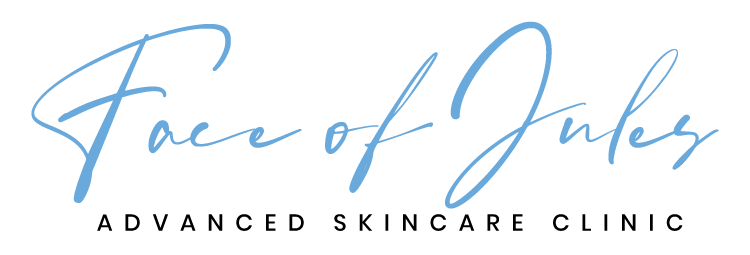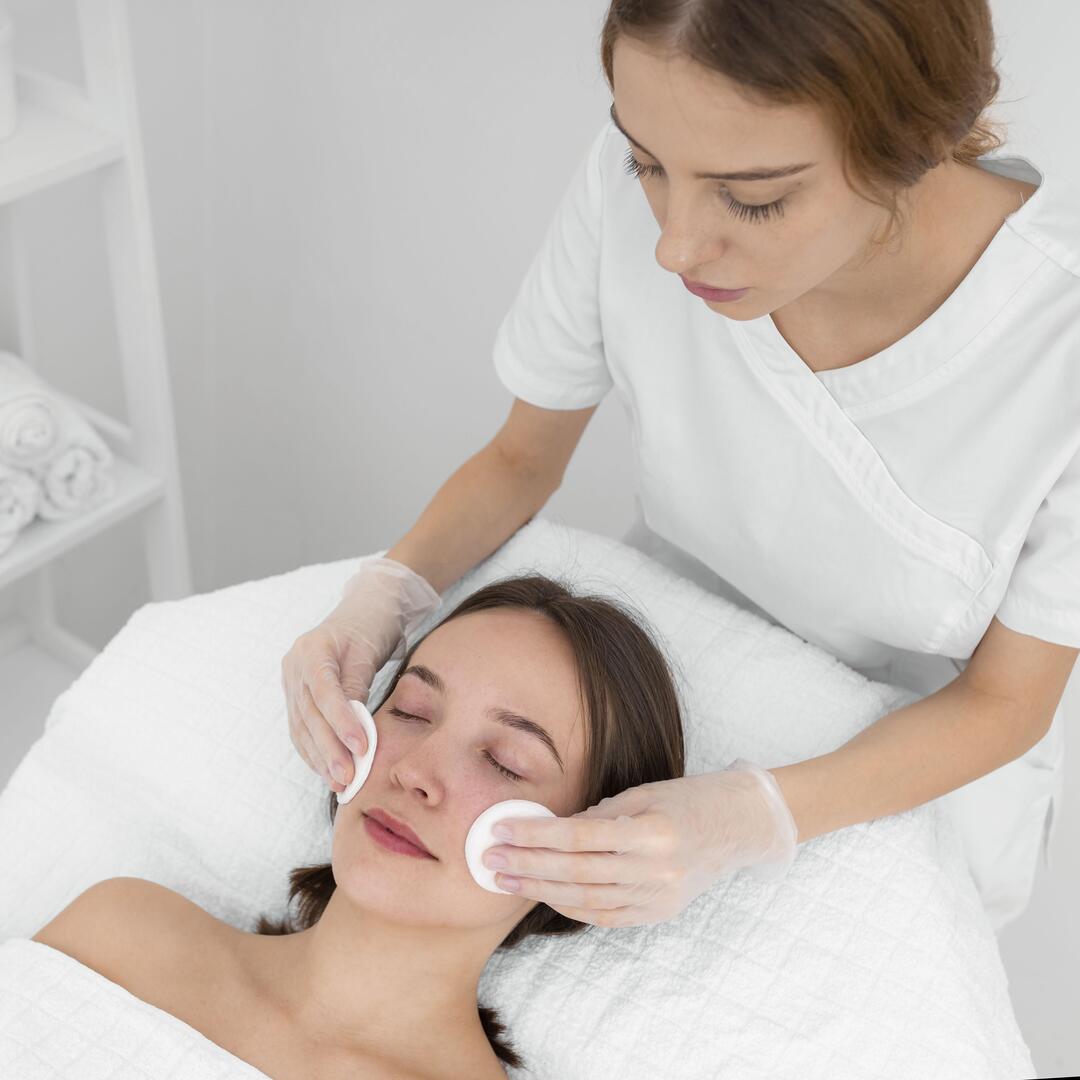When it comes to achieving a flawless complexion, one of the key factors to consider is the size and condition of your pores. Pores are tiny openings on the surface of your skin that allow sebum (the skin’s natural oil) and sweat to reach the surface. They also play a crucial role in regulating the skin’s temperature. However, for many individuals, enlarged pores can be a source of frustration and self-consciousness. Understanding the role of pores in the skin is the first step towards achieving smaller, more refined pores.
Pores come in different sizes and shapes, and their appearance can be influenced by a variety of factors including genetics, age, and skin type. While it is not possible to change the size of your pores permanently, there are steps you can take to minimize their appearance and improve the overall texture of your skin. By understanding the role of pores and implementing the right skincare routine, you can achieve a smoother, more refined complexion.
Causes of enlarged pores
Enlarged pores can be caused by a multitude of factors, and understanding these causes is essential in determining the most effective strategies for pore tightening. One common cause of enlarged pores is excessive sebum production. When the sebaceous glands produce too much oil, it can mix with dead skin cells and become trapped in the pores, causing them to stretch and appear larger. Other factors that can contribute to enlarged pores include sun damage, aging, and a loss of skin elasticity.
Another common cause of enlarged pores is acne. When the skin produces excess oil, it can clog the pores, leading to the formation of blackheads and whiteheads. These clogged pores can stretch and become more visible, especially when accompanied by inflammation. Additionally, squeezing or picking at acne can damage the surrounding tissue and cause the pores to enlarge further.
The importance of proper skincare routine for pore tightening
Establishing a proper skincare routine is crucial for achieving smaller pores. A consistent and targeted approach to skincare can help regulate oil production, remove impurities, and promote skin cell turnover, all of which contribute to tighter and less visible pores.
Cleansing is the first step in any skincare routine and is especially important for pore tightening. Choose a gentle cleanser that effectively removes dirt, oil, and makeup without stripping the skin of its natural moisture. Look for ingredients like salicylic acid or glycolic acid, which can help to unclog the pores and exfoliate the skin.
After cleansing, it is essential to tone the skin. A toner can help to remove any remaining residue and balance the skin’s pH levels. Look for toners that contain ingredients like witch hazel or tea tree oil, which have astringent properties and can help to tighten the pores.
Finally, moisturizing is a crucial step in any skincare routine, including pore tightening. Contrary to popular belief, even oily skin needs hydration. Opt for a lightweight, oil-free moisturizer that won’t clog the pores. Look for ingredients like hyaluronic acid, which can help to plump the skin and reduce the appearance of fine lines and wrinkles.
Natural remedies for tightening pore
In addition to a proper skincare routine, there are several natural remedies that can help to tighten the pores and improve the overall appearance of your skin. These remedies are often gentle, affordable, and readily available, making them an attractive option for those looking for a more natural approach.
One popular natural remedy for pore tightening is apple cider vinegar. Dilute apple cider vinegar with water and apply it to your face using a cotton pad. The natural acids in apple cider vinegar can help to exfoliate the skin and remove impurities, resulting in smaller and less visible pores.
Another effective natural remedy is a clay mask. Clay masks, such as bentonite or kaolin clay, can help to absorb excess oil and impurities from the pores, leaving the skin feeling clean and refreshed. Apply a thin layer of the clay mask to your face, let it dry, and then rinse it off with warm water. Incorporating a clay mask into your skincare routine once or twice a week can help to tighten the pores and improve the overall texture of your skin.
How can I Tighten the Pores on My Face: Dermatologist-recommended treatments
While natural remedies can be effective for pore tightening, there are also dermatologist-recommended treatments that can provide more noticeable and long-lasting results. These treatments are typically performed by a qualified professional and may require multiple sessions for optimal results.
One common treatment for pore tightening is laser therapy. Laser treatments, such as fractional laser resurfacing, work by stimulating collagen production and promoting skin cell turnover. This helps to tighten the pores and improve the overall texture and tone of the skin. Laser therapy can be an effective option for those with more severe pore enlargement or skin damage.
Another dermatologist-recommended treatment for pore tightening is chemical peels. Chemical peels involve the application of a chemical solution to the skin, which exfoliates the outermost layer and stimulates collagen production. This can help to reduce the appearance of enlarged pores and improve the overall texture of the skin. Chemical peels can be customized to suit different skin types and concerns, making them a versatile option for pore tightening.
The role of exfoliation in pore minimization
Exfoliation is an essential step in any pore-tightening routine. By removing dead skin cells and unclogging the pores, exfoliation helps to promote cell turnover and reveal smoother, more refined skin. However, it is important to approach exfoliation with caution to avoid irritating or damaging the skin.
There are two main types of exfoliation: physical exfoliation and chemical exfoliation. Physical exfoliation involves the use of a scrub or brush to physically remove dead skin cells. This can be effective for removing surface-level impurities and promoting cell turnover. However, it is important to choose a gentle exfoliant and avoid scrubbing too vigorously, as this can cause micro-tears in the skin and lead to inflammation.
Chemical exfoliation, on the other hand, involves the use of acids or enzymes to dissolve dead skin cells and unclog the pores. Common chemical exfoliants include alpha hydroxy acids (AHAs) and beta hydroxy acids (BHAs), such as glycolic acid and salicylic acid, respectively. These exfoliants work by breaking down the bonds between dead skin cells, allowing them to be easily removed. Chemical exfoliation can be an effective option for those with sensitive or acne-prone skin, as it is typically gentler and less abrasive than physical exfoliation.
How to choose the right products for pore tightening
Choosing the right products for pore tightening can be a daunting task, given the multitude of options available on the market. However, by understanding your skin type and specific concerns, you can make more informed decisions and select products that are most likely to deliver the desired results.
When choosing cleansers and toners for pore tightening, look for products that are specifically formulated to address oiliness and pore congestion. Ingredients like salicylic acid, tea tree oil, and witch hazel can help to regulate sebum production and tighten the pores. Avoid products that contain harsh ingredients like alcohol or fragrances, as these can strip the skin and cause irritation.
For moisturizers, opt for lightweight, oil-free formulas that won’t clog the pores. Look for ingredients like hyaluronic acid, niacinamide, or peptides, which can help to hydrate and plump the skin without causing breakouts.
When it comes to exfoliation, choose products that contain gentle chemical exfoliants like AHAs or BHAs. Start with a lower concentration and gradually increase the frequency and strength of the exfoliant as your skin becomes accustomed to it. It is also important to follow up with a moisturizer and sunscreen, as exfoliation can make the skin more sensitive to the sun.
Makeup tips for minimizing the appearance of pores
While skincare is the foundation for achieving smaller pores, makeup can also play a role in minimizing their appearance. By employing the right techniques and using the right products, you can create the illusion of smoother, more refined skin.
Primer is an essential step in any makeup routine for pore minimization. Look for a primer specifically formulated for pore filling and smoothing. These primers typically contain ingredients like silicone, which create a smooth surface and help to blur the appearance of pores.
When it comes to foundation, opt for lightweight, oil-free formulas that won’t clog the pores. Look for foundations that offer buildable coverage and a natural, matte finish. Apply foundation with a damp sponge or brush, using a patting motion to help fill in and smooth out the pores.
To further minimize the appearance of pores, consider using a setting powder. Look for powders that are finely milled and translucent, as these will help to set your makeup without adding extra texture to the skin. Apply the powder with a fluffy brush, focusing on the areas where pores are most visible.
Lifestyle factors that can affect pore size
In addition to skincare and makeup, certain lifestyle factors can also affect the size and condition of your pores. By making a few simple changes, you can promote healthier, tighter pores and achieve a more flawless complexion.
One lifestyle factor that can affect pore size is sun exposure. Overexposure to the sun can damage the collagen and elastin in the skin, leading to a loss of elasticity and enlarged pores. To protect your skin, always wear sunscreen with a high SPF and seek shade during the peak hours of sun exposure.
Another lifestyle factor to consider is your diet. Consuming a diet rich in antioxidants, vitamins, and minerals can help to support overall skin health and minimize the appearance of pores. Opt for foods like fruits, vegetables, whole grains, and lean proteins. Additionally, drink plenty of water to stay hydrated and flush out toxins from the body.
Lastly, stress can also have a negative impact on the skin and contribute to pore enlargement. Practice stress management techniques such as meditation, deep breathing, or engaging in activities you enjoy. By reducing stress levels, you can promote healthier skin and minimize the appearance of pores.
Final thoughts on achieving smaller pores
Achieving smaller pores is a goal that many individuals strive for, and with the right knowledge and approach, it is possible to achieve a more refined complexion. Understanding the role of pores in the skin, addressing the causes of enlarged pores, implementing a proper skincare routine, and making lifestyle adjustments can all contribute to tighter and less visible pores.
Remember, achieving smaller pores is not an overnight process and requires patience and consistency. By adopting a comprehensive approach and combining natural remedies, dermatologist-recommended treatments, and makeup techniques, you can work towards achieving the skin of your dreams

